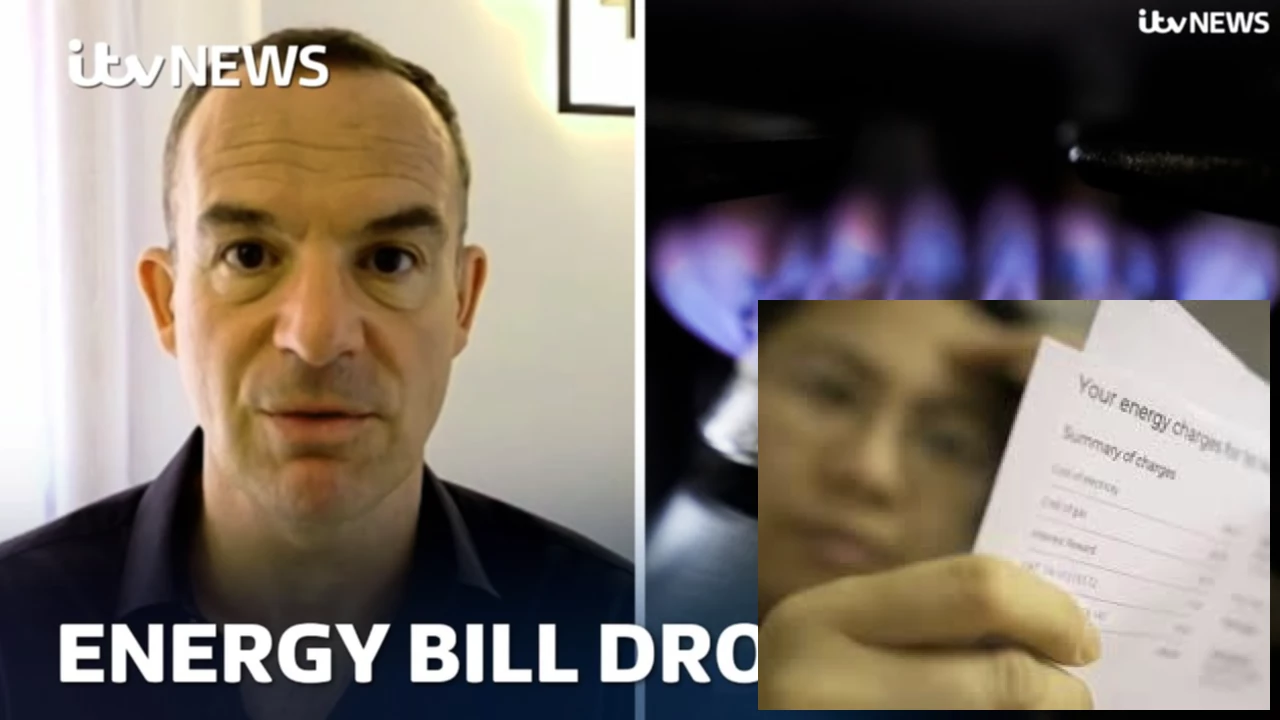The average household energy bill in the UK recently skyrocketed to £3,000 annually—a shocking statistic reflecting the ongoing energy crisis. This mirrors the 1970s oil crisis, underscoring the fragility of our energy reliance. Further compounding this crisis, the geopolitical instability is keeping the energy market unpredictable.
The introduction of the energy price cap was designed to shield consumers from exorbitant price hikes. But how effective has it truly been? And what does the future hold for this crucial policy? Let's delve into a multifaceted analysis to unravel the intricacies of the energy price cap.
Here are some key aspects to consider regarding the energy price cap:
- Its impact on vulnerable households
- Its effectiveness in controlling energy inflation
- The long-term sustainability of the policy
Impact of the Energy Price Cap on UK Households
So, what's the actual impact? Is the current energy price cap truly helping consumers? One can almost visualize the collective sigh of relief echoing across Britain as the new, lower price cap takes effect. But how long will this relief last?
A Comparative Analysis: Price Caps Across Europe
| Country | Price Cap Mechanism | Effectiveness |
|---|---|---|
| UK | Government-regulated cap on unit prices | Partially effective; still high prices for many. |
| France | Government subsidies and price controls | More effective than UK’s model, though significant government spending required. |
Understanding the Fluctuations in Energy Prices
Why are energy prices so volatile? The answer, my friends, is multifaceted. Several factors contribute to the rollercoaster ride of energy costs. We’ll take a closer look at these factors.
The energy price cap has been a subject of much debate. Some argue it's a necessary intervention to protect consumers, while others criticize its potential to distort the market. But what are the alternatives? Are there other mechanisms that could offer more sustainable solutions?
"The energy price cap is a critical tool in managing the current crisis, but it is not a long-term solution. We need a more robust and sustainable approach to energy policy.” - [Paraphrased Expert Opinion]
This begs the question: What are the alternatives to the current model? The pursuit of long-term energy security necessitates a comprehensive re-evaluation of our approach to energy generation, distribution, and consumption.
FAQs
- Q: How is the energy price cap calculated? A: The Ofgem sets the cap based on a formula considering wholesale energy prices, network charges, and supplier costs.
- Q: Who benefits from the energy price cap? A: Primarily those on standard variable tariffs, though the benefits aren't equally distributed.
- Q: What are the drawbacks of the energy price cap? A: It can stifle competition and potentially lead to higher costs in the long run.
- Q: Is the energy price cap a permanent fixture? A: No, it’s regularly reviewed and adjusted.
- Q: How can I save money on my energy bills? A: Improve home insulation, reduce energy consumption, and shop around for the best energy deals.

